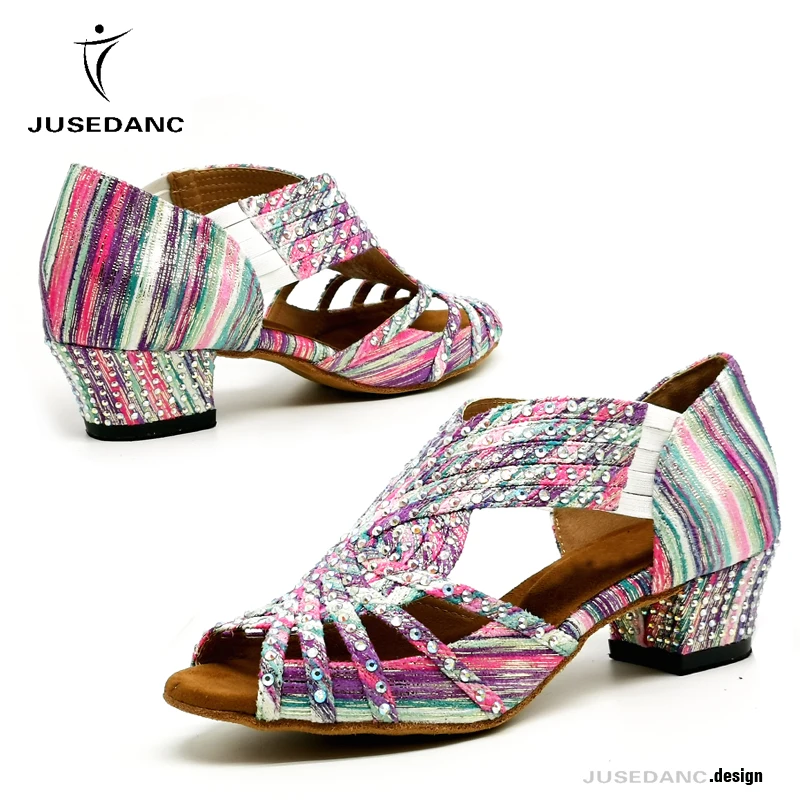Could Choreographed Dancing Like in Dancing with the Stars But With Similar Judging Systems of Synchronized Swimming or Rhythmic Gymnastics Ever Become an Olympic Sport?
Introduction
The world of competitive dance captivates audiences with its grace, athleticism, and artistry. While ballroom and Latin dances have long been featured in international competitions, choreographed dancing in the style of "Dancing with the Stars" (DWTS) has yet to make an Olympic debut.
Potential for Olympic Inclusion
The fusion of DWTS-style choreography with the judging systems of synchronized swimming and rhythmic gymnastics presents intriguing possibilities. Both disciplines emphasize technical skill, artistry, and synchronized movement. By combining the crowd-pleasing spectacle of DWTS with the rigorous scoring criteria of these Olympic sports, a new discipline could emerge that meets the standards of elite competition.
Benefits of Olympic Recognition
Olympic inclusion would bring numerous benefits to choreographed dancing. Increased funding and support would facilitate the development of training programs and support systems for athletes. Global recognition would elevate the sport's status and inspire aspiring dancers worldwide. Prestige and legitimacy would attract top-tier talent and promote greater investment in the discipline.
Challenges to Overcome
However, several challenges must be addressed before choreographed dancing can become an Olympic sport. The development of a standardized judging system is crucial to ensure fair and consistent scoring. The sport must also establish a clear and transparent selection process for Olympic participation. Additionally, the cost and logistics involved in hosting Olympic-level competitions must be carefully considered.
Conclusion
While the inclusion of choreographed dancing in the Olympics is not without its challenges, the potential benefits and synergies with existing Olympic disciplines make it a worthwhile endeavor to explore. With careful planning and collaboration, it is possible that the captivating combination of dance and athleticism could one day grace the Olympic stage.
Related Questions and Brief Answers
- What are the similarities between synchronized swimming and rhythmic gymnastics that could translate to choreographed dancing? Both disciplines emphasize synchronized movement, technical skill, and artistry.
- How would a DWTS-style discipline differ from traditional ballroom and Latin dances? It would focus on crowd-pleasing choreography rather than standardized dance patterns.
- What challenges would need to be overcome to make choreographed dancing an Olympic sport? Developing a standardized judging system, establishing a selection process, and addressing logistical considerations.
- What benefits could Olympic inclusion bring to choreographed dancing? Increased funding, global recognition, and prestige.
- Is Olympic inclusion of choreographed dancing likely to happen in the near future? Difficult to predict, but the potential exists with careful planning and collaboration.
Pre:What is a good 400m sprint time for an 18 year old
Next:Why do Russians and Eastern Europeans wear Adidas track suits all the time



















